Horst Begins New Year With Bullish Sale Results
Tintype Photo Of Joseph Lehn Goes For $4,800
By Karl Pass - January 31, 2020
If you want to collect antiques, buy what you like, what you enjoy, and want to live with, stated historian, collector, and author Clarence Spohn following Horst Auction Centers two-day catalog sale. Clarence and wife, Marcia, of Lititz, Pa., consigned a large portion of the collections to the sale. Dont look at each item individually; look at the overall sale as a whole. Im very happy with the outcome. Horst did a nice job, and Im not just saying that because I worked there. We considered other possibilities, furthered Spohn. Two other main consignments also made up the sale, those of Dr. Steven Homyack and Joseph and Elizabeth Statler. The Jan. 10 and 11 sale consisting of 742 lots grossed $261,465. Horst does not charge a buyers premium to in-house bidders. There is a 10-percent premium for online and absentee bids. Sara Musselman used to tell me, there comes a time to pass these things on, mentioned Spohn, who recently moved into slightly smaller quarters. Musselman is a name anyone in Ephrata and familiar with antiques is aware of. The family were legendary dealers in northern Lancaster County. Among the stars of the auction was a tintype photograph in a daguerreotype case of folk artist Joseph Lehn (1798-1892) once belonging to Josephine Hilton, the great granddaughter of Lehn, selling for $4,800. The buyer was Carolyn Wenger, the curator at the Lancaster Mennonite Historical Society. Lehn is known for his paint-decorated wooden ware, often termed Lehnware. He had a 20-acre farm on Clay/Lititz Road in Elizabeth Township, by the border with Clay, and attended nearby Hammer Creek Mennonite Church. This is in northern Lancaster County, very close to Horst Auction Center. Josephine Hilton had a large collection of lehnware, the photograph and Lehns account/day book. Downsizing, she consigned these things to Horst, and the they were sold Dec. 5 and 6, 1997. Clarence and Marcia Spohn bought the photograph at that sale for $1,100. The account book dating from 1856-76 sold to the Historical Society of the Cocalico Valley, which published it in 1999 (Vol. XXIV). The highly specialized market for early printed broadsides is strong. A rare New Years greeting broadside, ca. 1822, printed by Peter Montelius of Reamstown, Pa., realized $2,550, going to a Philadelphia area collector. It had sold at the Historical Society of the Cocalico Valleys Memorial Day benefit sale auction in 1983 to Spohn for $425. It had then been consigned by Mildred and Edmund (Doc) Bohne, who had recently purchased Hattie Brunners complete inventory (broadside included) following her death in 1982. Other Montelius broadsides sold at the Horst sale. A woman once bought four at the Mennonite self-help store in downtown Ephrata, next to the train station, for a quarter each, said Spohn. She consigned them to Horst in 1999. A rare spiritual labyrinth printed at the Ephrata Cloister, ca. 1788, ex. Musselman, brought $3,600; a printed indenture, also from the Cloister, sold for $2,900; and a Samuel Bauman, ca. 1816, Ephrata broadside of Adam and Eve, sold for $1,500. A printed indenture from the Cloister with wax seals sold for $2,900. I bought that for $100 and paid $20 to have it framed, stated Spohn. I thought the printed material did extremely well, but the glass and china brought a fraction of what I had in it, remarked Spohn. Ive been dabbling in this for a very long time. At the old antique shows at the American Legion no one ever had broadsides for sale, and yet booth after booth were filled with china and American pattern glass. In December of 1968, home on leave from the Air Force and at an antique show, I bought the red and green Bologna pattern transfer printed Staffordshire tureen (William Adams & Son) for $140. At the sale on Saturday, it brought $130, remarked Spohn. Its no reflection on the auction house, the level of interest has just changed. Lot #222 were six pieces of Lincoln Drape pattern glass (Boston & Sandwich Glass Co.) that brought $25. I had paid $870 for them. Clarence and Marcia privately sold their unframed Ephrata imprint collection for exactly the amount they had in it to the Young Center for Anabaptist and Pietist Studies at Elizabethtown College. What they consigned to Horst was their framed collection. A star of the first days session was a 19th-century baseball award. The ca. 1887 small bat and small rosewood ball in velvet-lined oak box with silver tag reading, To Sam Thompson for your 400th hit, 1887, the City of Detroit, sold for $7,800. Various china, glassware, tinware, baskets, and pewter were among many other things in the sale. The third lot on day two was a pair of wrought-iron and brass utensils, one a ladle, one a skimmer, both with inlaid tulip decoration, selling for $12,500. A lot of Historical Blue Staffordshire transferware sold, along with country accessories and furniture. A large wooden rectangular trade sign with paint-decoration and reading, Mary Studenroth, No. 355, Cigar Factory, sold for $1,800. Mary Studenroth (1837-96) and her husband, Edwin Studenroth (1823-92), had a cigar factory in Earlville, present-day Talmage, West Earl Township, Lancaster County, Pa. There was once a household sale in Brownstown where the sign was found. It sold buried in a pile of scrap wood in the garage for a quarter. I bought it in May of 1991 at Horst for $1,100, stated Spohn. Another interesting item sold on day two was an early Pennsylvania German wooden carved sewing clamp. With initials F.P.W. the relief carved work with wrought-iron clamp and screw realized $9,800. The photos and captions showcase just a small cross-section of material from the sale. Keep an eye out for future catalog sales at Horst, who is poised to have a strong first quarter of the year. They will be selling the collection of longtime local collectors Jim and Nan Tshudy on Friday and Saturday, March 20 and 21. For additional information, call 717-738-3080 or visit www.horstauction.com.

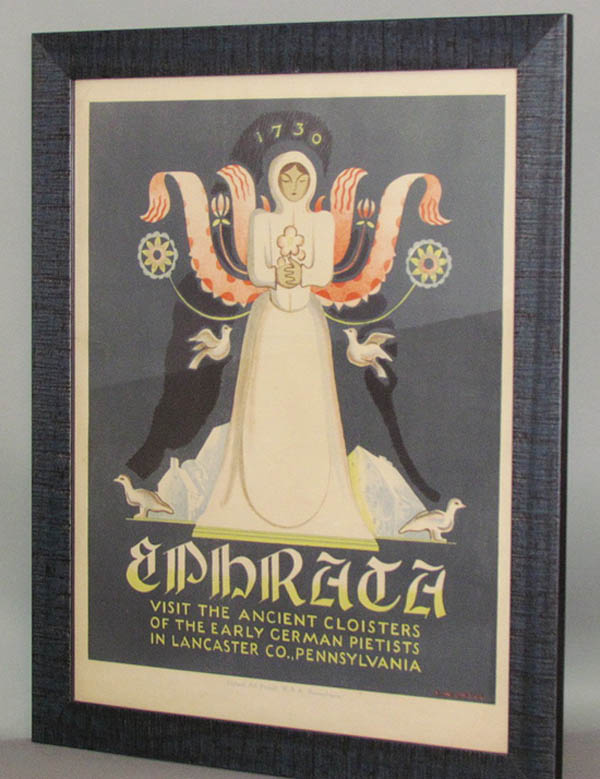
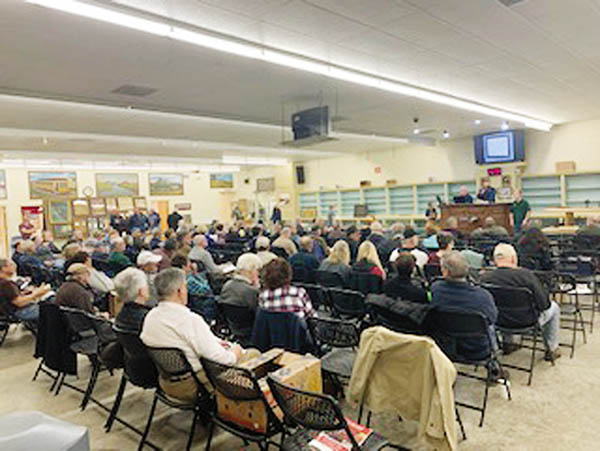
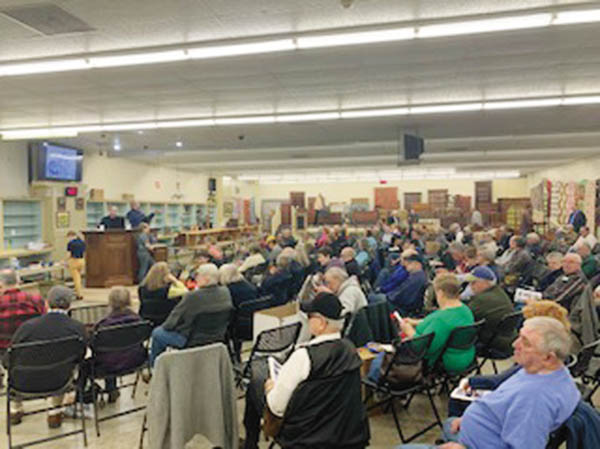
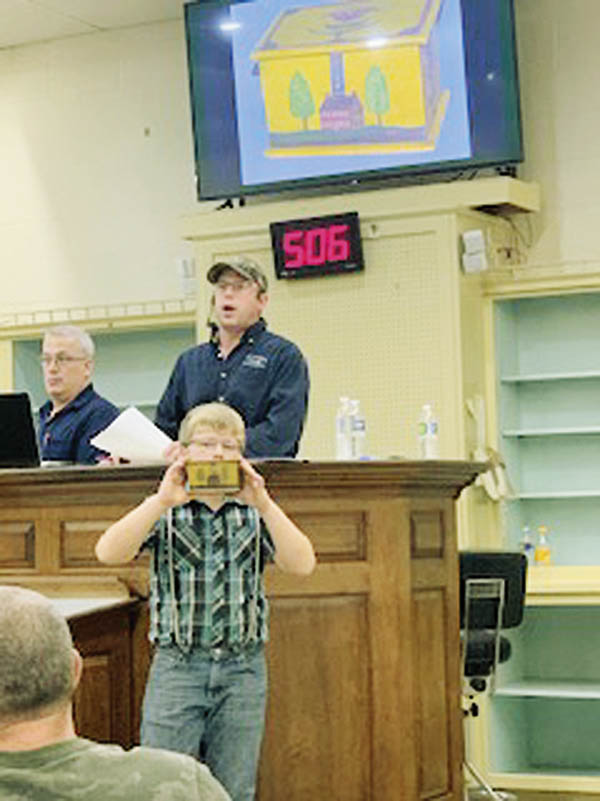
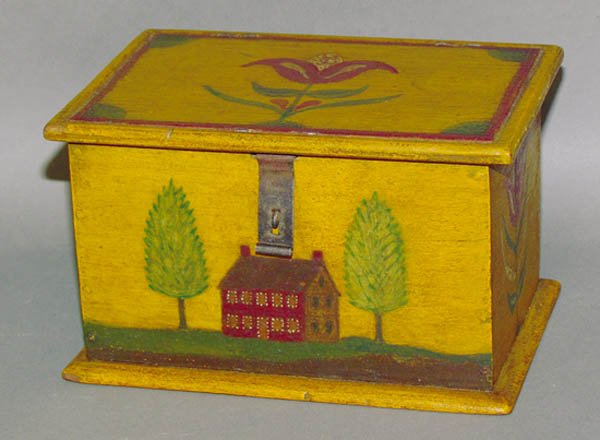
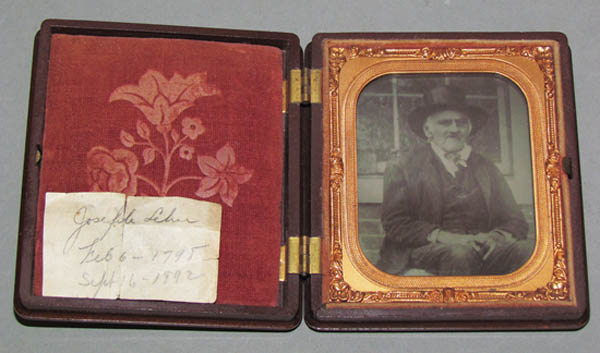
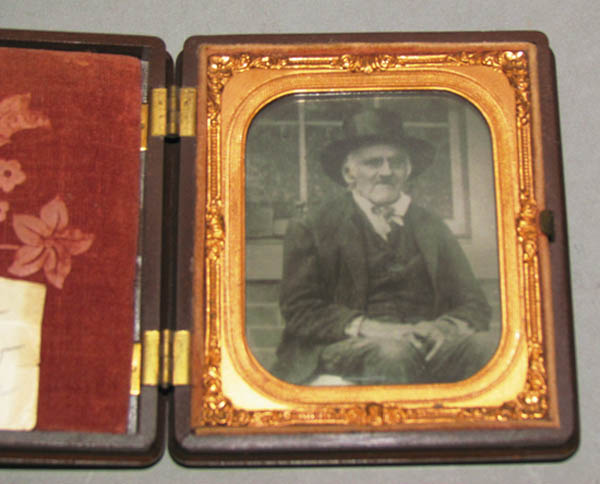
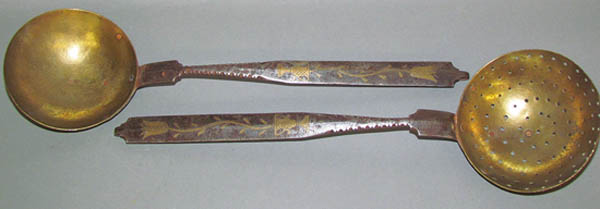
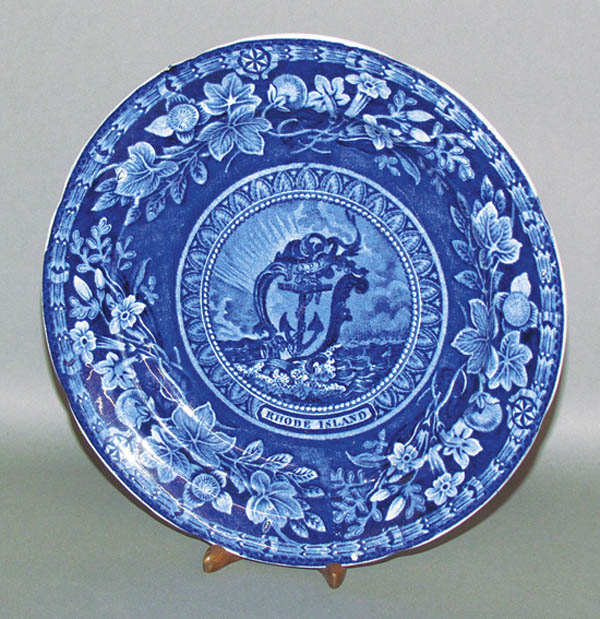
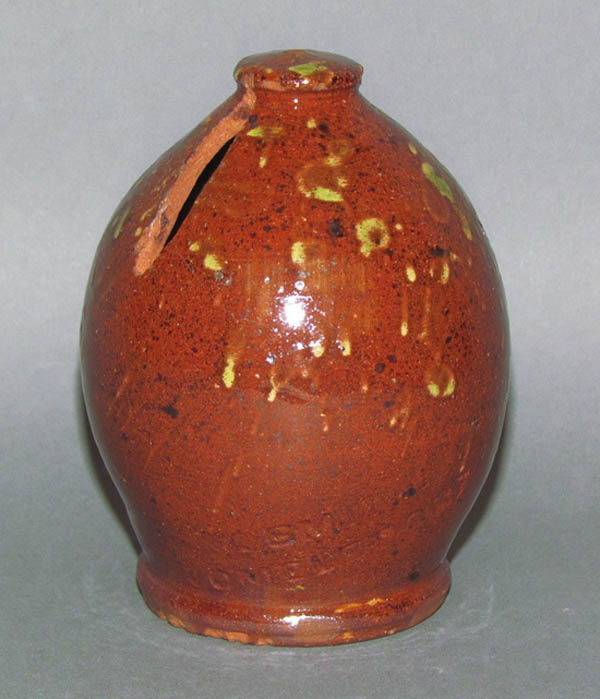
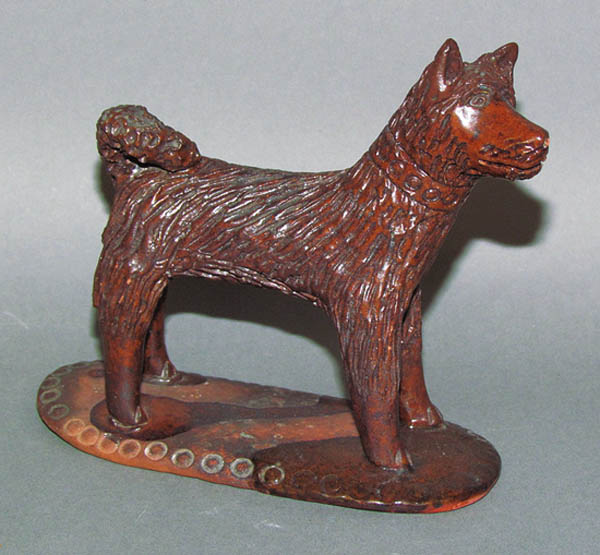
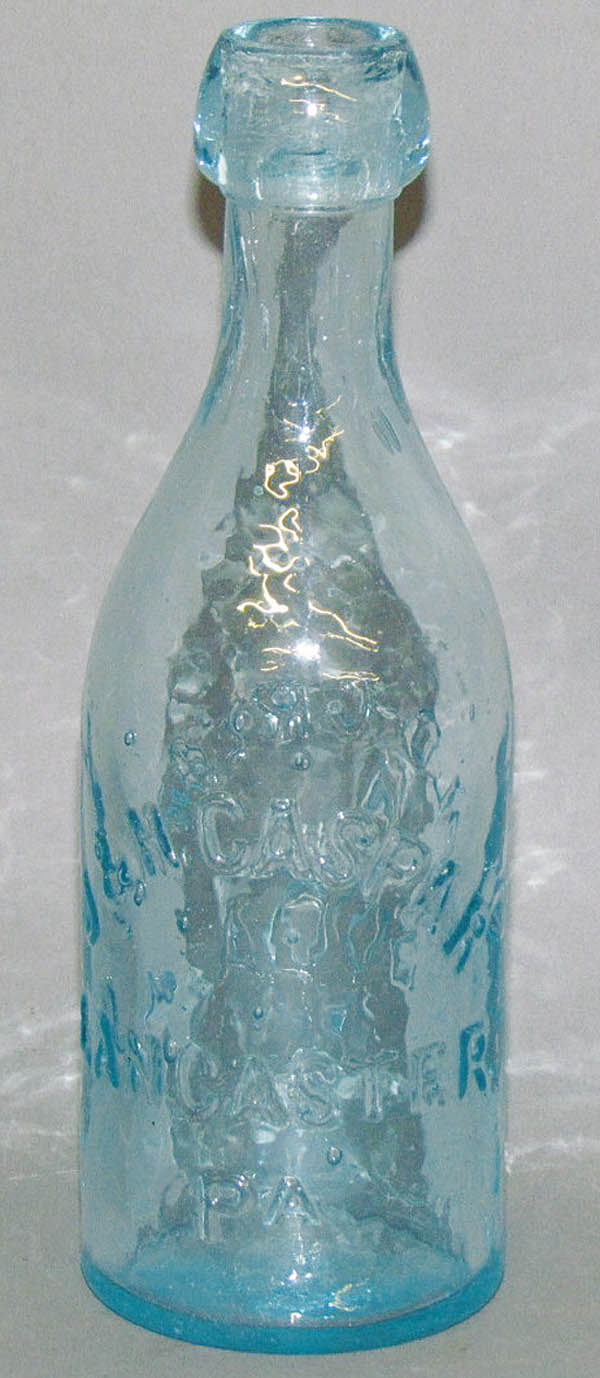
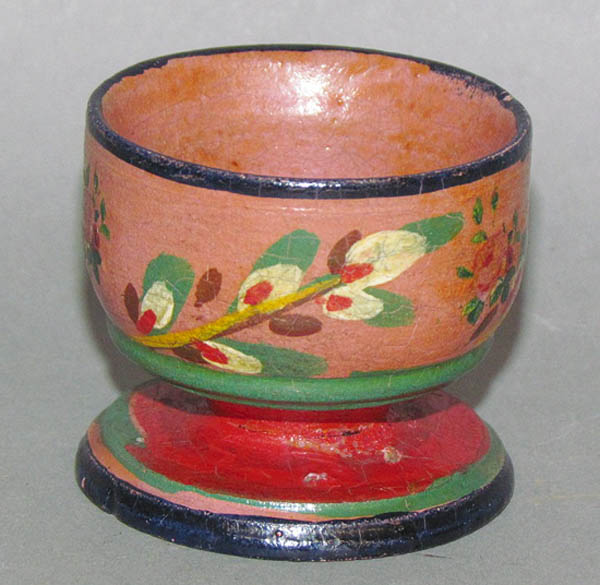
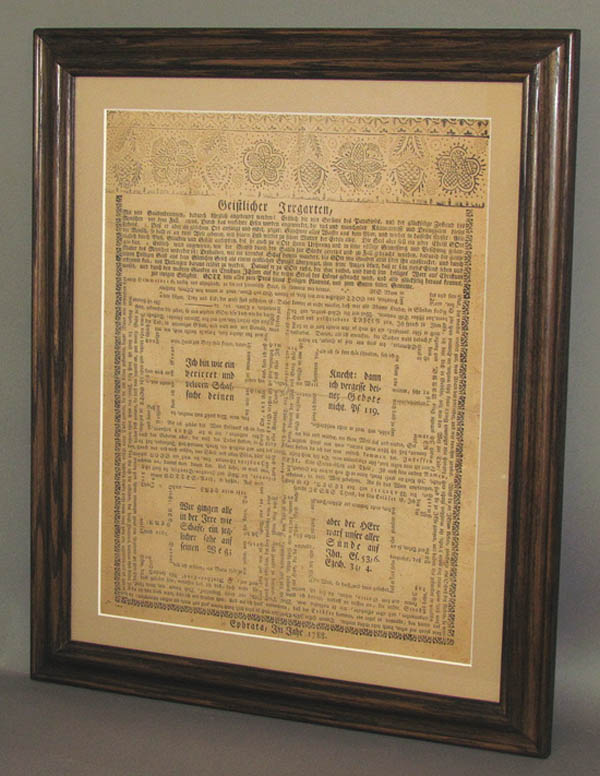
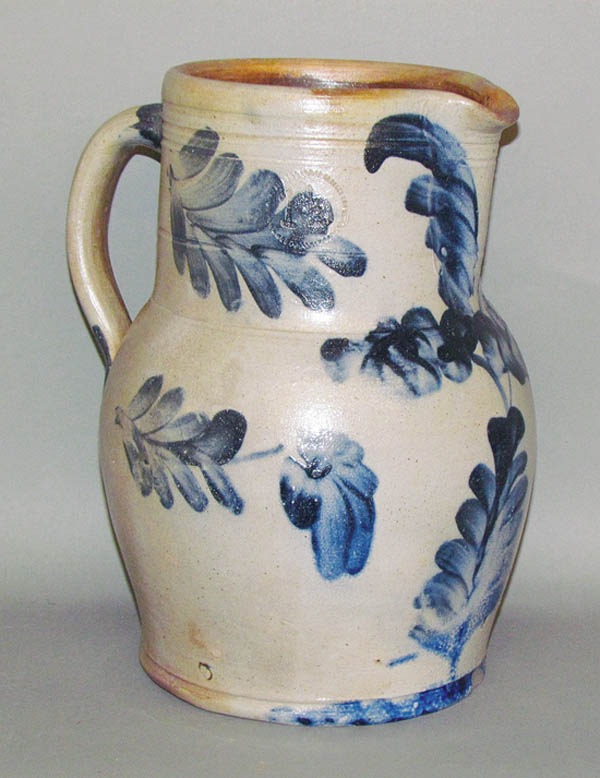
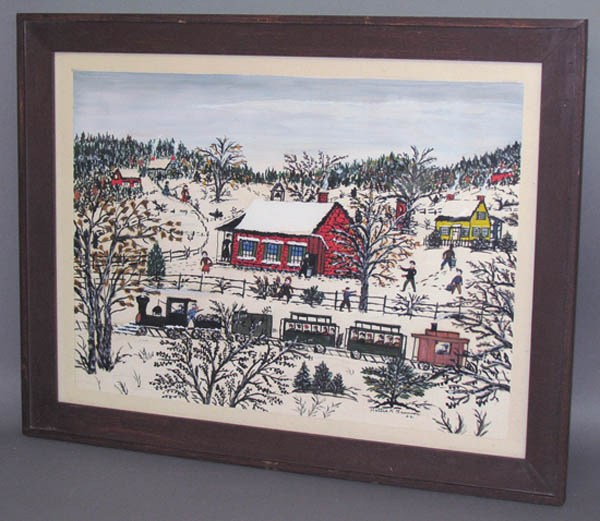
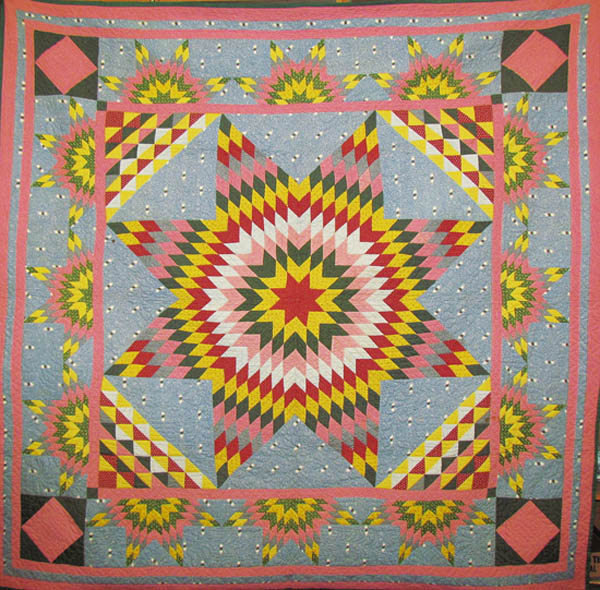
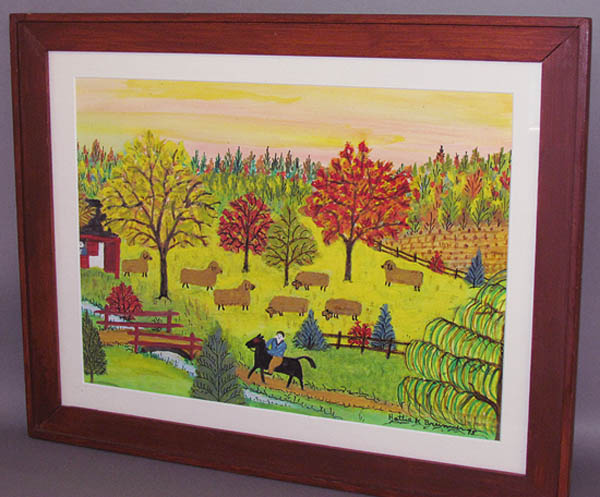
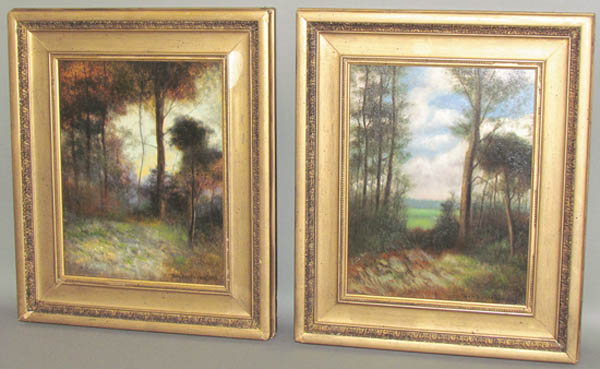
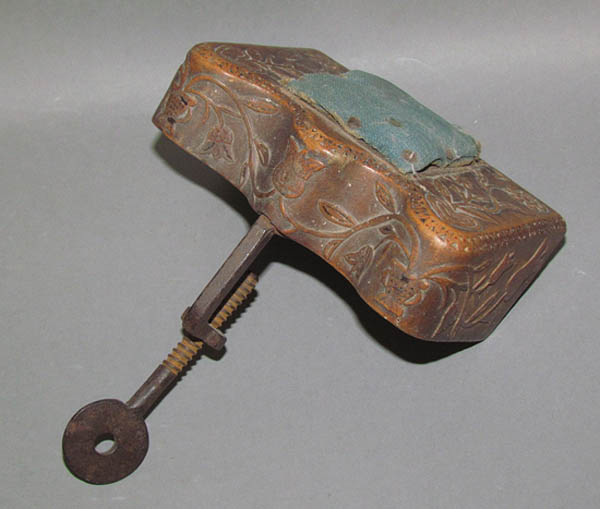
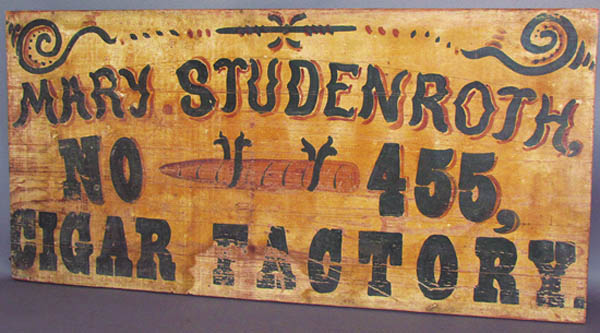
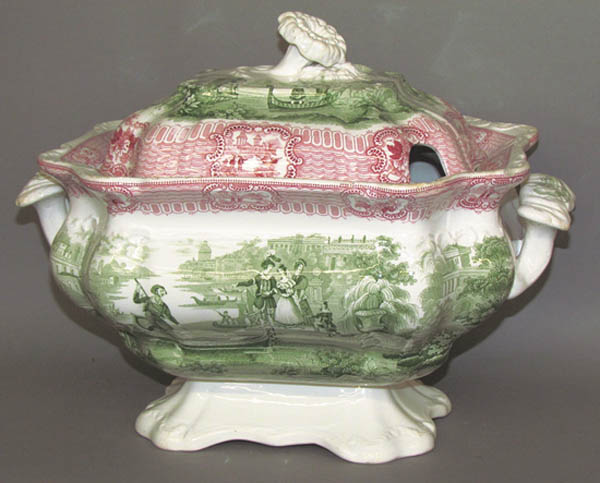
SHARE
PRINT